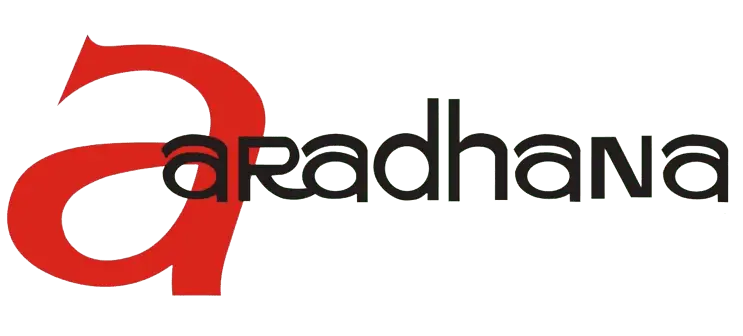
Curtains
WE CUSTOM MAKE OUR CURTAINS TO FIT YOUR SPACE AND SUIT YOUR STYLE
The way your curtains can look is almost limitless, and they’re highly functional too. But there are lots of things to consider in choosing. We can help you find the right fabrics for different rooms, functions and looks. There’s even the option of motorised tracks for easy opening and closing.
Complement home décor
Choose from a huge range of fabrics to find the perfect colour, pattern or texture to suit your interior style.
Control light and glare
Retain privacy, protect furnishings from fading and still enjoy the view with a sheer curtain.
Insulate
A full length curtain with good lining can be an excellent temperature control solution any season.
Block out light
Choose the right fabric and lining and your curtains can block out light; great in bedrooms.
GET EXPERT ADVICE AT YOUR PLACE
SOMETHING FOR EVERYONE
Our huge collection of fabrics includes ranges we’ve handpicked, and others supplied by well-known fabric houses. From cost effective to high-end, and sustainable fabrics too – there’s something for everyone.

EXCLUSIVE
Exceptional style unique to Russells, handpicked by us and our fabric house partners.

PREMIUM
Bringing you the next level of style and quality to elevate your décor.

ESSENTIALS
Perfect for everyday living at a price point that could cover a whole house on a budget.
Curtain Styling

Curtain styling is the process of selecting, hanging, and arranging curtains to enhance the aesthetic appeal of a room while also serving functional purposes such as light control and privacy. Curtains are a versatile design element that can transform the look of a room and add texture, color, and depth to any interior design scheme.
The first step in curtain styling is choosing the right type of curtain for your room. There are several types of curtains available, including sheer curtains, blackout curtains, linen curtains, and more. Each type has its unique features and benefits, and the selection should depend on the intended function of the curtains and the overall decor of the room.
After choosing the type of curtain, the next step is to select the right color and pattern. The color of the curtain should complement the room’s color scheme and add interest to the overall design. Patterns can be used to create a focal point or add texture and depth to a room.
Once the curtains are selected, it’s time to hang them. Curtain rods and hardware are an essential part of curtain styling, and there are many different options available. Some popular choices include decorative rods, traditional rods, and tension rods. The curtain’s length and placement should also be considered, as it can affect the overall look of the room.
Finally, curtain styling involves arranging the curtains to achieve the desired effect. This may involve adding tiebacks, layering curtains, or adjusting the height and width of the curtains. Proper curtain styling can create a cohesive look that complements the overall design of the room while also providing functional benefits such as light control and privacy.
In conclusion, curtain styling is a crucial aspect of interior design that can significantly impact the look and feel of a room. By selecting the right type, color, and pattern of curtains, choosing the appropriate curtain rods and hardware, and arranging the curtains correctly, you can create a beautiful and functional space that meets your design needs.

INHOUSE STITCHING
One of the main advantages of in-house stitching is that it allows for greater control over the quality of the finished product. Because everything is done within the same facility, it is easier to maintain consistent standards throughout the entire production process. This can result in higher quality garments that are more durable and better fitting.
Another benefit of in-house stitching is that it can be more cost-effective than outsourcing the work to a third-party manufacturer. By handling everything in-house, one can save money on transportation costs and other expenses associated with outsourcing. Additionally, having complete control over the production process can allow for greater efficiency and faster turnaround times.
In-house stitching also offers more flexibility in terms of customization and product development. Because the facility has access to all the necessary equipment and resources, it can quickly adapt to changes in design or materials, and can create customized products for specific customers or markets.
